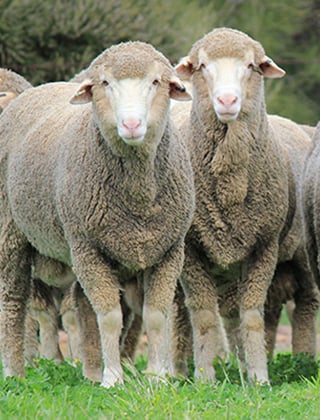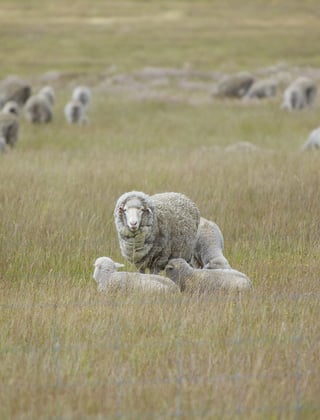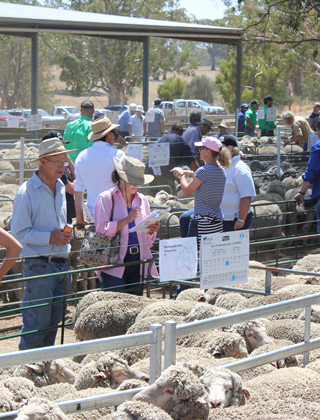Predicting success in artificial insemination
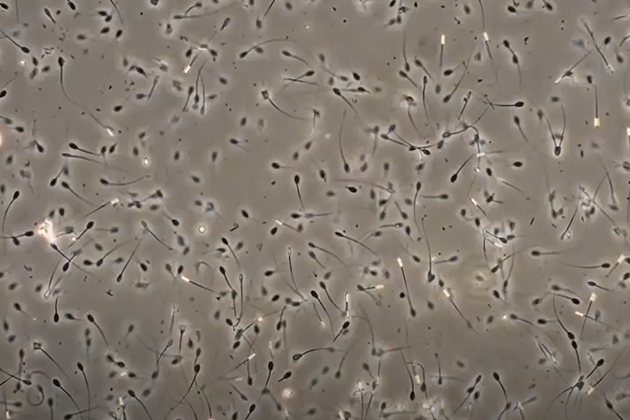
New research has determined the critical factors that influence the probability of pregnancy following the laparoscopic artificial insemination (AI) of sheep.
Successful artificial breeding underpins genetic evaluation through link sires and the rapid genetic and production gains for woolgrowers through large-scale use of proven elite sires and dams.
Historically, laparoscopic artificial insemination (AI) within the Merino industry has been considered reasonably successful. However, anecdotal reports of increasingly low and variable conception rates following artificial breeding programs have placed AI at the risk of waning adoption both in the size and number of programs.
Led by Dr Jessica Rickard alongside PhD candidate Eloise Spanner and Professor Simon de Graaf, the team at The University of Sydney investigated the effect of male and female factors on the variability of successful AI programs within the Australian Merino industry over the 2021, 2022 and 2023 seasons.
Their goal was to understand the interplay between fertility traits and create a predictive model for pregnancy to improve the results and reliability of laparoscopic AI.
This project was supported by AWI, Australian Merino Sire Evaluation Association (AMSEA), sheep artificial breeding companies, and sheep producers from WA, Victoria, NSW and SA.
Data was collected from 30 different sites over the three breeding seasons from 30,254 Merino ewes and 388 Merino rams, forming Australia's largest AI dataset focusing on individual ewe fertility.
Data on female factors collected during AI included the age of the ewe, sire inseminated, uterine tone (1: pale/flaccid to 5: turgid/pink), intra-abdominal fat (1: little to no fat present to 5: high fat) and the time of AI post-CIDR removal.
Pivotal to the success of this project was the assessment of a subset of the sires’ semen used during insemination which was conducted at The University of Sydney. This included determining the concentration, morphology, motility, DNA integrity, viability, oxidative stress, and membrane status of sperm 0-6 hours post-thaw. Together, these factors were placed in a multifactorial logistic binomial regression model to explain pregnancy results obtained following scanning approximately 55 days post-AI.
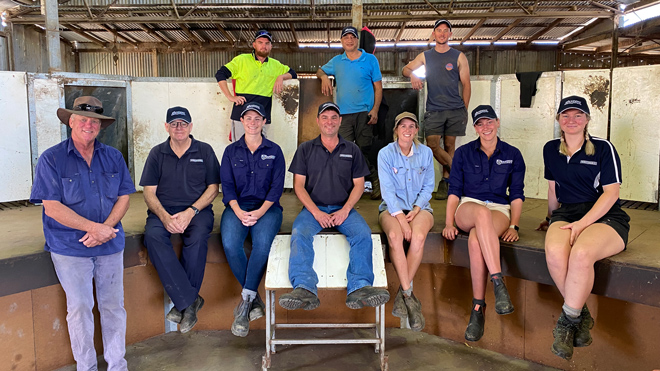
The team at ‘Ejanding’ near Dowerin in Central Wheatbelt of WA with researchers involved in the Predictors of AI Success trial.
Research results
Analysis of the results has recently been completed. The critical factors were found to be:
- Concentration which sperm was frozen (a proxy for subsequent insemination dose or the number of sperm deposited in the ewe)
- Motility recorded at 0 hours post-thaw
- Percentage of viable, acrosome intact sperm at 6 hours post-thaw
- Percentage of abnormal sperm morphology
- Uterine tone score of ewes; and
- Intra-abdominal fat score of ewes.
These six factors significantly influenced the likelihood of pregnancy occurring following laparoscopic AI in sheep.
The performance of this model was then validated using a new dataset to predict pregnancy outcomes. Semen was collected from 26 rams and artificially inseminated laparoscopically into 1,269 synchronised Merino ewes. Fertility traits were recorded and examined as per the previous data collection. The model predicted pregnancy probabilities for each ewe, which was then compared to the pregnancy results determined by ultrasound. There was no statistical difference between the predicted and actual pregnancy results (P=0.184). This suggests that the model can fundamentally predict the likelihood of pregnancy occurring in a ewe using the six critical factors above.
Information on the project and its potential outcomes have been presented to industry at presentations during the 2023 Yardstick and 2024 New England field day and at an Australian Merino Sire Evaluation General Meeting. Further project results will be published in open access peer-reviewed journals and upcoming industry field days.
These results are an important step for the sheep artificial breeding industry in helping to establish semen standards which could be used to standardise the assessment of ram semen. With industry consultation being planned in Australia later this year, these standards could be optimised and used to pre-screen ewes, sires and semen samples prior to artificial breeding programs. Sub-optimal samples could be eliminated, increasing the likelihood of pregnancy success and reducing the incidence of variable results around Australia. This will lead to increased confidence in laparoscopic AI, an increase in the use of elite semen and an increase in productivity and profitability for Australia’s woolgrowers.
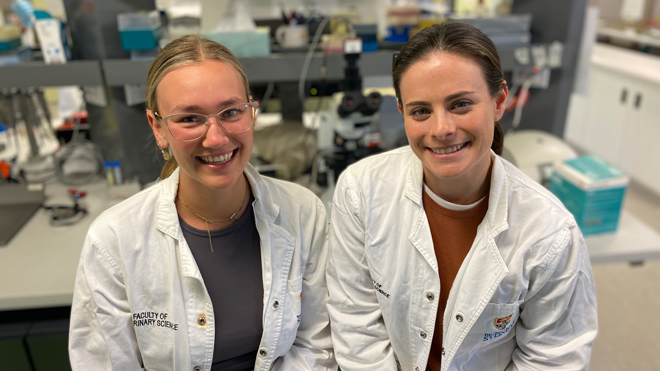
PhD candidate Eloise Spanner and project supervisor Dr Jess Rickard, University of Sydney
Dr Rickard and the team at The University of Sydney would like to extend their thanks to the many stud Merino breeders, artificial breeding companies, AMSEA representatives and site managers for their support, engagement and donation of data over the last three years of the project. Without their involvement, the project would not have been possible.
More information:
Dr Jess Rickard jessica.rickard@sydney.edu.au
Geoff Lindon Geoff.Lindon@wool.com
This article appeared in the September 2024 edition of AWI’s Beyond the Bale magazine. Reproduction of the article is encouraged.






